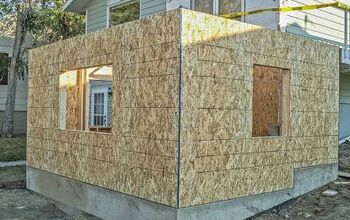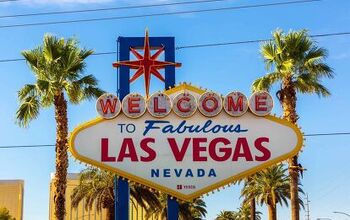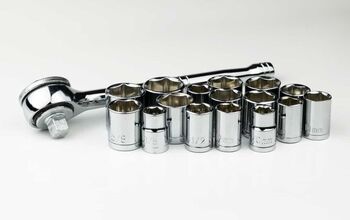What You Need To Make An English Garden In Your Yard

English gardens are one of the world's most whimsical and classic landscaping styles, particularly in climates that experience all four seasons. The charm of these gardens inspires quiet strolls and an appreciation for nature. If you’re a big fan of these gardens, then you might want to install one in your yard. Before you start digging, however, you must know all the elements you’ll need to make an authentic and beautiful English garden.
An English garden traditionally has hedges or raised borders within it, and characteristic symmetry, distinct walkways, and straight lines that are balanced with wild plants. You should plant densely, focusing on flowering perennials like roses, as well as climbing plants like ivy or clematis. Add a focal point like a fountain or a pergola, and include permanent sturdy seating in the form of a stone or iron bench.
There are all sorts of English gardens in the United Kingdom and around the world. While there is no rule book for what constitutes this type of garden, there are some classic ingredients that can help you create this garden's signature look and feel. Below is a list of all the elements this garden type should have, as well as things to remember as you try to create an English garden of your own.
Five Things To Remember When Creating An English Garden
1. Keep Things Natural
One key factor to remember is that English gardens are inspired by gardens from more than a hundred years ago. In those times, everything in the garden was natural and often handmade.
Therefore, only use natural elements. Avoid using plastic of any kind in the garden, and instead, opt for handmade trellises and supports, and stone or iron furniture and decorations.
2. Plant Densely
Plants may like space to allow them more nutrients and sunlight, but an English garden should be dense and packed with life. It should look a bit wild, but still completely intentional. In the summer months, when everything is in bloom, you should not see many bare patches of soil.
Since you will plant densely, only install plants that can withstand this. Furthermore, choose a spot that gets full sun so your plants won’t have to compete for sunlight.
3. Plan The Garden With Symmetry And Straight Lines
Another crucial element that helps make a garden look English, is symmetry and straight lines. Within the garden, you should have balance and lines. Typically, these gardens are divided into four or more sections, with a clear line in the middle.
Each side should match, and there should be defined borders. If you have a large decorative planter in one corner, then have a second similar planter in the opposing corner. The mirroring design helps bring order to the wild and free-growing nature found in these gardens.
4. Focus On Perennials
Since English gardens thrive in cooler climates, it’s no surprise they are loaded with flowering perennials. You can certainly add some annuals to fill in gaps, but all the garden beds should have some well-established perennials that help give the garden an established look and character in all four seasons.
5. Add Regal Charm Wherever You Can
English gardens should have country and regal elements when possible. If you can find a stunning statue, fountain, or set of planters, then use it. Small, elegant, and royal touches will elevate your garden from a typical country garden to a more noble English one.
Nine Elements You Should Include In Your English Garden
1. Roses And Other Flowering Perennials
Some argue that an English garden isn’t complete without at least one rose bush. Roses are a beautiful flowering perennial that thrive in cool climates like England, which is why they are so often found in this type of garden.
Choose the right type to ensure your rose bushes flourish. You can also opt for several other beautiful flowering perennials. Blue delphiniums and foxgloves are two other flowering plants you commonly find in English gardens.
2. A Central Fountain Or Water Feature
Many English gardens have a central focal point. In many cases, this central point is a fountain or a statue. If you have running water in the area, a fountain can make an excellent and relaxing addition.
Otherwise, a birdbath or stone statue is another option. The idea is to have something with water that is relaxing and stunning to look at.
3. Ivy, Clematis, Or Another Climbing Plant
English gardens aren’t all about bushes and hedges. They also tend to feature one or two climbing plants. English ivy and clematis are great options for your garden. You can have these plants climb a post or feature a trellis over the entryway for a dramatic effect.
4. A Trellis Or Pergola
As mentioned previously, an English garden can benefit from something for ivy to climb on. A trellis or pergola can make a great addition to an English garden. A pergola offers a particularly relaxing shady spot to spend time in, which is what English gardens are all about.
These structures are also nice to look at throughout the year. A pergola can make an otherwise sad winter garden look more charming and inviting.
5. Stone Bench Or Other Permanent Seating
An English garden is great for pondering and relaxing, which is why nearly all classic English gardens have benches or some other form of seating. When selecting a bench, opt for something made of stone, iron, or wood.
Use furniture made of materials that were available in the 18th century. Avoid using plastics or any modern furniture in an English garden, as it will throw off the classic aesthetic.
6. Lavender And Other Herbs
English gardens can have more than just flowers growing. It’s quite common to have herbs and even vegetables growing in an English garden. One classic herb that looks perfect in an English garden is lavender. Its soothing scent and purple flowers immediately inspire a certain British charm.
Mint, rosemary, thyme, and other herbs also work well in these gardens. Some people even add a tomato plant or a blueberry bush to mix things up.
7. Stone Or Gravel Walkways
English gardens are meant to be wandered through and admired. Therefore, every English garden should have pathways that allow people to admire the garden from within without damaging any plants.
When you build your English garden, you should have walkways throughout. You can use grass if you want to keep things green, but keep in mind you will have to mow the grass and keep it tidy.
A much more popular option is using some type of gravel, stones, or bricks. This will keep weeds at bay and provide a clear and neat path in all four seasons.
8. Various Hedges
Since English gardens require lots of lines and borders, hedges are quite popular. They make a natural border that is aesthetically pleasing and effective in a practical sense. Use dense, low-growing hedge plants for your borders, so they don’t overshadow the plants within them.
Keep your hedges neatly trimmed to maintain the straight lines and symmetry that are emblematic of an English garden.
9. A Charming Fence To Enclose The Garden
Lastly, while it’s what’s inside the garden that gets the most attention, you should also ensure you have a welcoming exterior border around your English garden. The two most popular and “English” borders are tall natural hedges or wooden fencing.
You can use a picket fence or more traditional woven wood fencing. This will create the British aesthetic from the outside in, and give a distinct border between your whimsical English garden and the rest of your yard.
Final Notes On What You Need To Make An English Garden
You don’t have to be British or live in the UK to have an English garden. These gardens thrive just about anywhere, especially in climates with four seasons. To ensure your garden looks authentically English, you must have symmetry and straight lines, use flowering perennials like roses, and consider a focal point like a water feature in the middle.
Include benches made of stone, iron, or wood, and use hedges to create borders within the garden. Add a trellis or pergola to keep the garden interesting in the winter months, and ensure there are ample walkways in the garden.
Related Guides:

Tom Gaffey is an expert writer who currently resides in Washington D.C. Tom has a passion for real estate and home improvement writing, as well as travel and lifestyle writing. He lived the last twelve years in Hawaii where he worked closely with luxury resorts and event planners, mastering his knowledge of aesthetics and luxury products. This is where he found his passion for home improvement and a keen interest in DIY projects. Currently, Tom resides in Washington D.C, and also working on his debut fiction novel.
More by Tom Gaffey










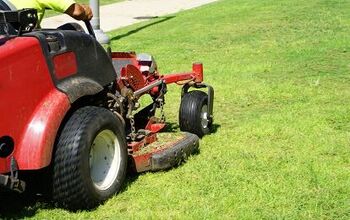
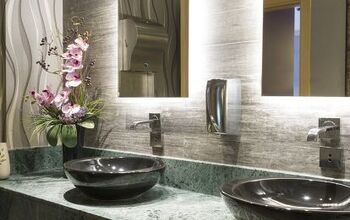
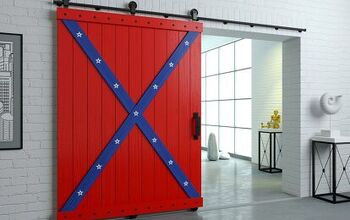
![10 Best Electric Pressure Washers – [2022 Reviews & Guide]](https://cdn-fastly.upgradedhome.com/media/2023/07/31/9070600/10-best-electric-pressure-washers-2022-reviews-guide.jpg?size=350x220)



